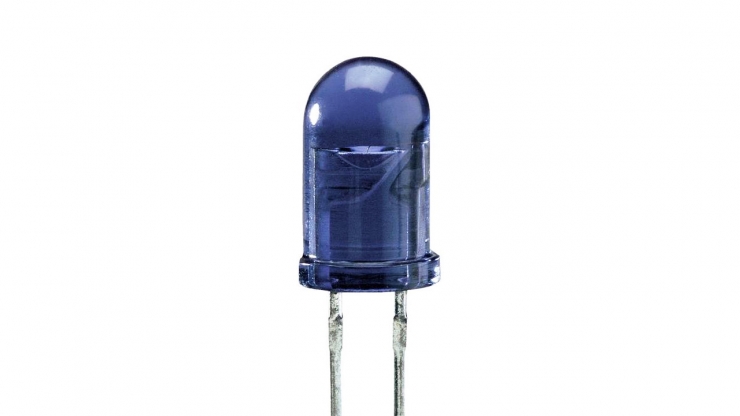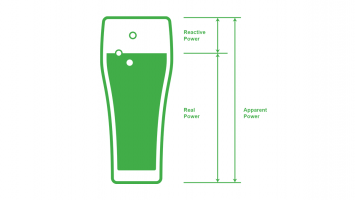
Infrared is electromagnetic radiation which is longer than visible red light, and which have a shorter wavelength than radio waves and microwaves. Wavelength of infrared light is between 750 nm and 1 nm. It is indicated by IR abbreviation.
Infrared is one of the most common radiations in our daily lives. However, most of the people do not aware of that because it is invisible. Infrared and visible light have many similar features.
Generally, infrared is invisible for human eye. However, near-infrared (NIR) can be perceived by human eye which corresponds infrared rays begin from 750 Nm to 1400 Nm. The impact of the perceived light is very small. So, you need to look the light source directly.
Infrared can be used in several applications such as; heat sensors, thermal imagery and night vision. Infrared can also be used in communication and data transfer. For example; remote controls use the infrared LED that placed in front of the remote control to send the signal to TV. Focused infrared light enables binary data encoding by turning it on and off at a certain speed.
Infrared ray is detected by a simple photodiode on the receiving side. The receiver can process the infrared beam by turning it into an electrical current.
There must be a clear angle between receiver and transmitter in order to run infrared communication.
Infrared receivers and transmitters are very cheap. For this reason, it is frequently used for short-range communication. However, infrared rays can transmit in very short range and if there is an obstacle it can not pass through it. Therefore, its usage areas are very limited.
The appearance of infrared is same with other LEDs. Human eye cannot detect whether infrared LEDs are working. However, when the mobile phone camera is directed towards the LED, it can be seen whether infrared LED is flashing. Because camera sensors are sensitive to infrared light.







COMMENTS
MAKE A COMMENT